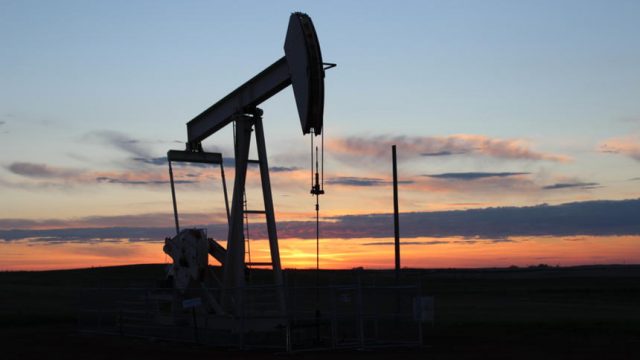Unfortunately for North Dakota’s Democrats Oil Tax Revenues Were up 25 Percent in 2017

Ever since the Republican-controlled Legislature passed reforms to North Dakota’s oil tax code during their 2015 session, eliminating a tax exemption triggered by low oil prices and lowering the top tax rate, our Democratic friends have been griping that this was a gimme for the oil industry. Some of their candidates, notably Tax Commissioner candidate Kylie Oversen, even go so far as to say that these reforms have cost the state revenues and contributed to recent budget headaches.
Based on facts and reality, this is a completely false narrative, from a couple of different perspectives.
For one thing, revenues are actually substantially higher. I haven’t gotten the updated numbers for a few months now, but as of late last year the state had collected about $1 billion in additional revenues under the new code since it was implemented than they would have under the old code. I’m sure that total is substantially higher now.
For another, the new tax code does seem to have spurred additional activity out in the oil fields. According to data from the Office of the Tax Commissioner, oil production and extraction tax collections in calendar year 2017 were more than 25 percent higher than they were in 2016 despite lower levels of oil activity and oil prices that year.
Here are the 2016 numbers:
Here are the 2017 numbers:
Not only have the oil tax reforms not cost the state revenues, as compared to the old tax code, but it seems that removing the low-price trigger has created a more stable tax environment which, in turn, has promoted oil and gas development here.
It may seem counter-intuitive to argue that a higher tax burden on the oil and gas industry has served as a stimulus, but consider that if the industry was paying the lower trigger rate from the old code now they’d be staring down the barrel of a massive tax hike should rising oil prices change the trigger. It’s better, for the sake of long-term planning, to have a tax code that’s not tied to oil prices.
The one negative here is the high percentage of overall tax collections represented by revenues from oil and gas activity. Granted, a lot of the oil and gas revenues aren’t going into the general fund. Oil revenues in the general fund are capped, with the remainder going into the various state fund “buckets” the biggest being the Legacy Fund.
But still, that high percentage means the state is very vulnerable to the vagaries of the oil markets. When you consider that the bulk of the rest of the tax revenues collected by the state are driven by agriculture, another commodities-based industry, you begin to see how challenging budgeting for two year budget cycles in North Dakota can be.
Our state’s leaders talk ad nauseum about the need to diversify the state’s economy. I’d say it’s the most important public policy question facing our state. The answer, however, remains elusive.






